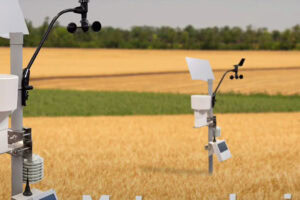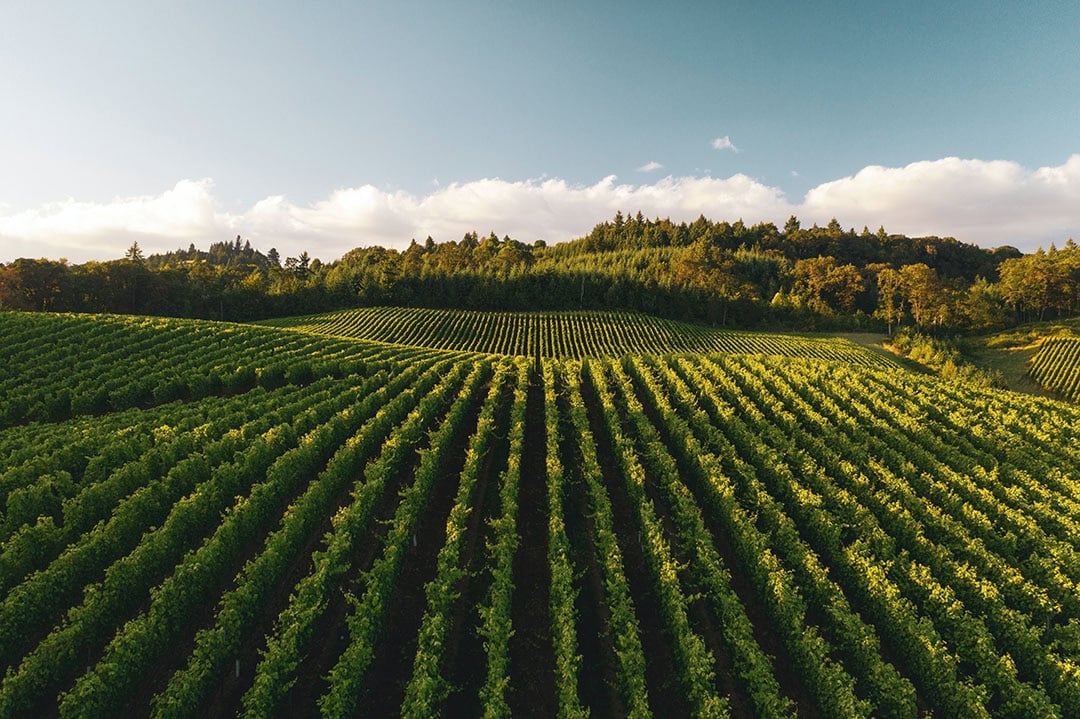IrriDesk precision irrigation for vineyard and orchard crops

IRTA, the Institute of Agrifood Research in Barcelona, has developed the IrriDesk precision irrigation system for precision irrigation, supporting over 60 approved crop models based on local variables such as soil, water and climate conditions.
The IrriDesk technology developed by IRTA works with an algorithm, and provides farmers with online recommendations regarding the best irrigation prescriptions. It can be embedded in existing platforms, where it is integrated with sensors and irrigation controllers.
IrriDesk has emerged from an international research project, focused on developing a precision agriculture solution. The aim of the technology is to improve irrigation management, increase water productivity, and drive crop improvement.
Positive yield and quality improvements
Extensive field trials over the past 3-years have demonstrated positive yield and quality improvements across a range of high-value crops, including grapes, olives and almonds.
IrriDesk is well suited to be used in high-value vineyard and orchard crops, says CEO Shaun Taylor of IrriDesk. “So, citrus fruit, almonds, pistachio, avocados, grapes, etcetera.”
Text continues below video
The platform can either follow a seasonal strategy – set in advance – or propose a seasonal plan for a given scenario and operate autonomously, with user interventions when required. Its accuracy is supported through daily uploads from sensors and other external sources. Data enrichments and simulations can help to produce new irrigation prescriptions transmitted to the irrigation controller.
IrriDesk Application Programming Interface

The IrriDesk Application Programming Interface (API) allows for unrelated applications to work together, sharing data and enabling users to collect and process data from external devices and applications.
“IrriDesk is able to take in soil sensing data, and match that to satellite data and hyper local weather data”, Mr Taylor explains. “That goes into our algorithm, taking into consideration the soil type and crop type, and we then provide a 7-day prescription, that can feed down directly into a controller and set it on a path. But it can also be sent to an agronomist or a farmer, that can look at the plan and make localised decisions.”
Digital twin
The technology also uses a digital twin. “This allows a farmer to take a prescription and model it against what he wants to do. If a farmer in a vineyard for example wants to withdraw water for a while to contract growth, and then later apply water to expand growth, he can scenario plan this, using the digital twin.”
According to Mr Taylor, IrriDesk’s interoperability allows for the technology to be easily integrated across a spectrum of smart irrigation devices, at an industry level. The IrriDesk API will be licensed as a free-to-integrate solution. End users can purchase a subscription.
Irridesk provides farmers with an all-in-one solution that yields quality improvements and will offer greater returns on the capital invested
“Through the IrriDesk API, we enable large and small farmers to access the significant benefits of precision irrigation”, he says. “It delivers significant irrigation performance improvements by providing farmers with precise irrigation plans across all major crop types. Irridesk provides farmers with an all-in-one solution that yields quality improvements and will offer greater returns on the capital invested.”
Text continues below image

Fertigation to be added to IrriDesk
IrriDesk is currently looking to add a layer of fertigation on top of its irrigation technology. “We have a partnership with ICT pumps, and are working with them on adding fertigation, to match a precision irrigation plan with a precision fertigation plan.” Mr Taylor expects this combined technology to be available mid-2023.
Join 17,000+ subscribers
Subscribe to our newsletter to stay updated about all the need-to-know content in the agricultural sector, two times a week.



